- Life Through The Lens of a Freelance Photojournalist – Darrian Traynor
-

‘News, sport, and weather’ are three key words that get Melbourne-based freelance photojournalist, Darrian Traynor out of bed every day with a mentality that most Aussies dream of: “I earn a living doing something I love”. As a stringer for Getty Images and Nine Media, every day on the job is different for Darrian. Will his assignment today be breaking news, a feature documentary, a major sporting event, or a natural disaster? Will he meet someone or come across a situation that inspires his next personal passion project? His guess is as good as ours.
The tenacity to to seek out an angle and tell a compelling story in any context characterises what it is to be a freelance photojournalist in 2021. Knowing how to feel comfortable in unknown circumstances could also be a reason Darrian dealt with the uncertainty of 2020 so well. Not only was he on the frontline of Australia’s most pivotal moments, including capturing the Australian bushfires and the impact of the COVID pandemic on the Australian healthcare system; Darrian did it with such skill that he won eleven industry accolades in 2020 alone.
We sat down with Darrian to find out what motivates him to capture and tell Australia’s most important news, sport, and weather stories, and which gear he keeps in his kit to ensure he never misses that front-page moment.
Tell us Darrian, how did you get started in photojournalism?
I had very humble beginnings. My first paid photography gig was shooting junior sport while I was studying photojournalism. The hours were long and the pay was low. As my eye developed, I began a very focused campaign to work for AFL Photos. I would email the AFL every month with an updated folio until one day my chance came: the AFL was short a photographer for a pre-season game, and they wanted me to step in. After that, I freelanced for AFL Photos on weekends during the football season for the next few years before beginning a similar campaign to work with Getty Images. I’ve predominantly been an editorial photographer ever since.
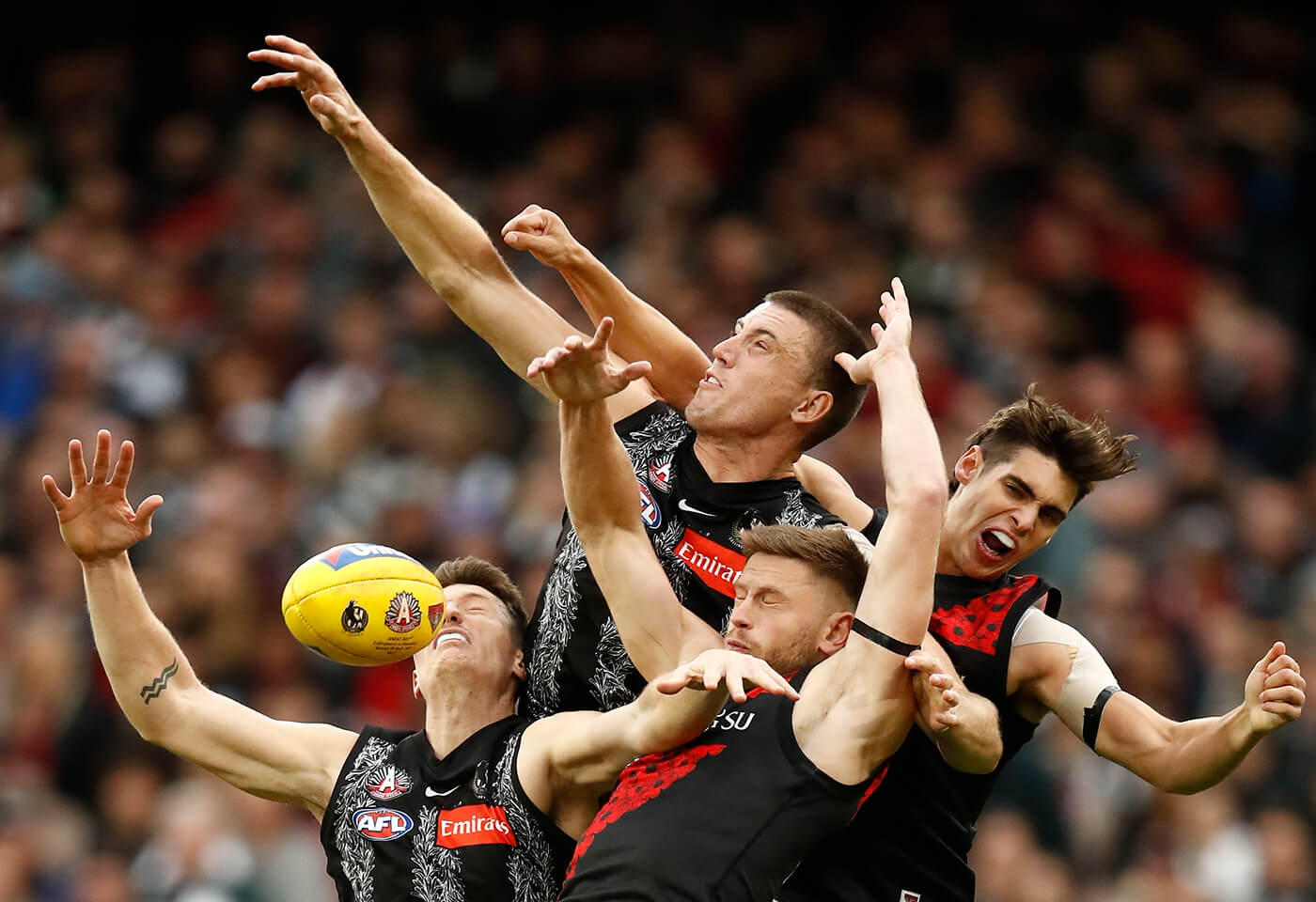 Melbourne, Australia. 25th April, 2021: Darcy Cameron of the Magpies attempts to mark the ball over teammate Brody Mihocek and Jayden Laverde of Bombers during the round six AFL match between the Collingwood Magpies and the Essendon Bombers at Melbourne Cricket Ground. (Photo by Darrian Traynor/AFL Photos/via Getty Images)
Melbourne, Australia. 25th April, 2021: Darcy Cameron of the Magpies attempts to mark the ball over teammate Brody Mihocek and Jayden Laverde of Bombers during the round six AFL match between the Collingwood Magpies and the Essendon Bombers at Melbourne Cricket Ground. (Photo by Darrian Traynor/AFL Photos/via Getty Images)
Years have passed since those humble beginnings. Is sport still your greatest photographic passion?
I do love sitting on the sidelines of major sporting events. The fast-paced nature of editorial sports photography is a serious test of your skills! While I love photographing major sporting events, as my career has evolved, I’ve developed a real passion for - and found incredible reward - in documentary photography. In particular, I enjoy researching an issue or subject I find important and then working out how I will go about documenting it. It’s an all-encompassing process thinking about logistics, what you need to know, learning the things you don’t know, what you want your work to say and whom you want your work to speak to.
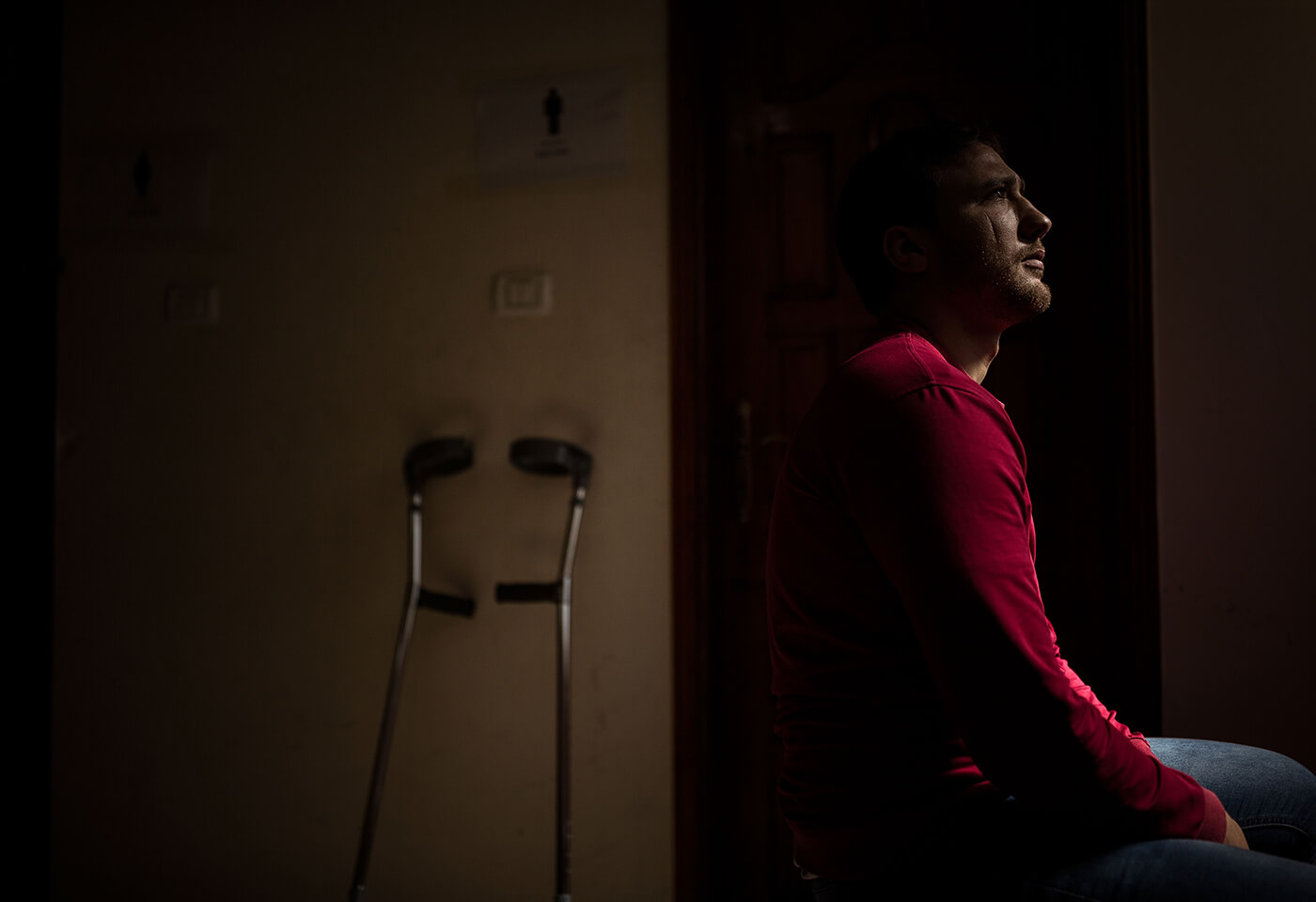 Gaza. 3rd March, 2020: Mohammed Abu Jarad was shot through the leg in December 2017 while protesting at the fence against the U.S. announcement to move its embassy from Tel Aviv to Jerusalem. He was standing close to the well-known activist and wheelchair-bound Palestinian demonstrator, Ibraheem Abu Thuraya, who was killed during the protest. (Photo by Darrian Traynor)
Gaza. 3rd March, 2020: Mohammed Abu Jarad was shot through the leg in December 2017 while protesting at the fence against the U.S. announcement to move its embassy from Tel Aviv to Jerusalem. He was standing close to the well-known activist and wheelchair-bound Palestinian demonstrator, Ibraheem Abu Thuraya, who was killed during the protest. (Photo by Darrian Traynor)
There are so many ‘unknown’ elements to your job. How do you stay motivated?
The variety of work and unknown nature of what the day may bring gets me out of bed each day. I’m motivated by the opportunity freelancing affords me to discover interesting human-interest stories and explore issues and topics I’m passionate about. As a freelancer, I have to look for things that are not being covered by major media outlets. My work won’t get picked up if a major media outlet is already spending money on a staff photographer and journalist to cover a story. The role of the freelance photojournalist is to fill the gaps.
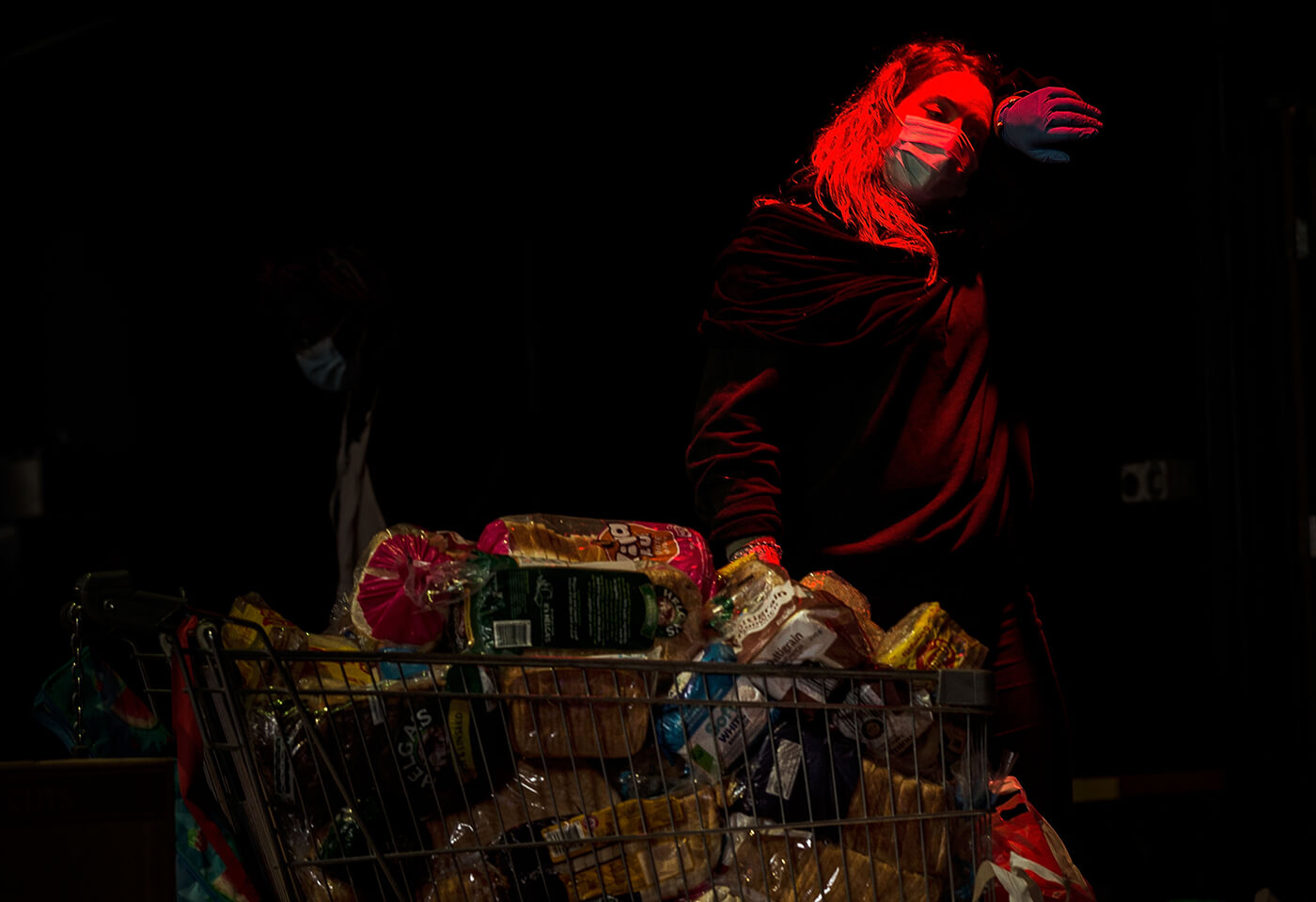 Melbourne, Australia. 7th July, 2020: Volunteers work to organise and then deliver food to public housing towers. The Brunswick Mechanics Institute was inundated with food donations for public housing tenants currently under hard lockdown following a call out on social media. Organised by artist and activist, Amrita Hepi, and Melbourne artist collective, Next Wave, donations were delivered by the Australian Muslim Social Services Agency to those in lockdown. Nine public housing estates were in mandatory lockdown and two additional suburbs were under stay-at-home orders as authorities worked to stop further COVID-19 outbreaks in Melbourne. The public housing towers were in total lockdown for at least five days and the only people allowed in and out are those providing essential services. Residents of 12 Melbourne hotspot postcodes were also on stay-at-home orders and were only able to leave home for exercise or work, to buy essential items including food, or to access childcare or healthcare. Businesses and facilities in these lockdown areas were also restricted and cafes and restaurants were only open for takeaway and delivery. (Photo by Darrian Traynor/Getty Images)
Melbourne, Australia. 7th July, 2020: Volunteers work to organise and then deliver food to public housing towers. The Brunswick Mechanics Institute was inundated with food donations for public housing tenants currently under hard lockdown following a call out on social media. Organised by artist and activist, Amrita Hepi, and Melbourne artist collective, Next Wave, donations were delivered by the Australian Muslim Social Services Agency to those in lockdown. Nine public housing estates were in mandatory lockdown and two additional suburbs were under stay-at-home orders as authorities worked to stop further COVID-19 outbreaks in Melbourne. The public housing towers were in total lockdown for at least five days and the only people allowed in and out are those providing essential services. Residents of 12 Melbourne hotspot postcodes were also on stay-at-home orders and were only able to leave home for exercise or work, to buy essential items including food, or to access childcare or healthcare. Businesses and facilities in these lockdown areas were also restricted and cafes and restaurants were only open for takeaway and delivery. (Photo by Darrian Traynor/Getty Images)
Do you have any significant photographic influences or styles?
I’m inspired by great photojournalism from anywhere in the world. At school, you study all the ‘greats’ and the pioneers of modern photojournalism but for me I’m inspired by photographers I can relate to. Local Australian photojournalists such as Chris McGrath and Daniel Berehulak are world-class, not only in their approach and style to photography, but their relatable journey to become the very best. They also both started as freelance stringers covering sport in Australia which is very relatable to my own path.
As for styles, I’m always working on mine. My documentary work is developing a style of its own with the equipment I use. I tend to use a wide lens like the Canon EF 16-35mm f/4L IS USM or EF 35mm f/1.4L II USM prime to shoot my environmental portraits rather than a traditional portrait lens, such as the EF 50mm or EF 85mm.
What are the challenges of working as a freelancer in today’s media market and has this changed over the last few years?
Working as a freelancer is incredibly rewarding at times however it is extremely competitive in the editorial space. Planning your life around work can be challenging because you have to always keep one eye on where the next body of work will come from to ultimately keep a roof over your head. You also need to act like a small business that considers and plans logistical aspects like allowing yourself annual leave, sick leave, and superannuation – items which you’re solely responsible for.
The biggest challenge is the worrying trend of staff redundancies across all forms of media in recent years. News and media outlets are trying to work out how to stay profitable in light of dwindling advertising dollars and I’m personally combating this by making myself and my skills indispensable across several areas of photography rather than relying on one type of work. This means knowing how to be the best at covering sport and news in an editorial sense, in addition to seeking out commercial clients as well.
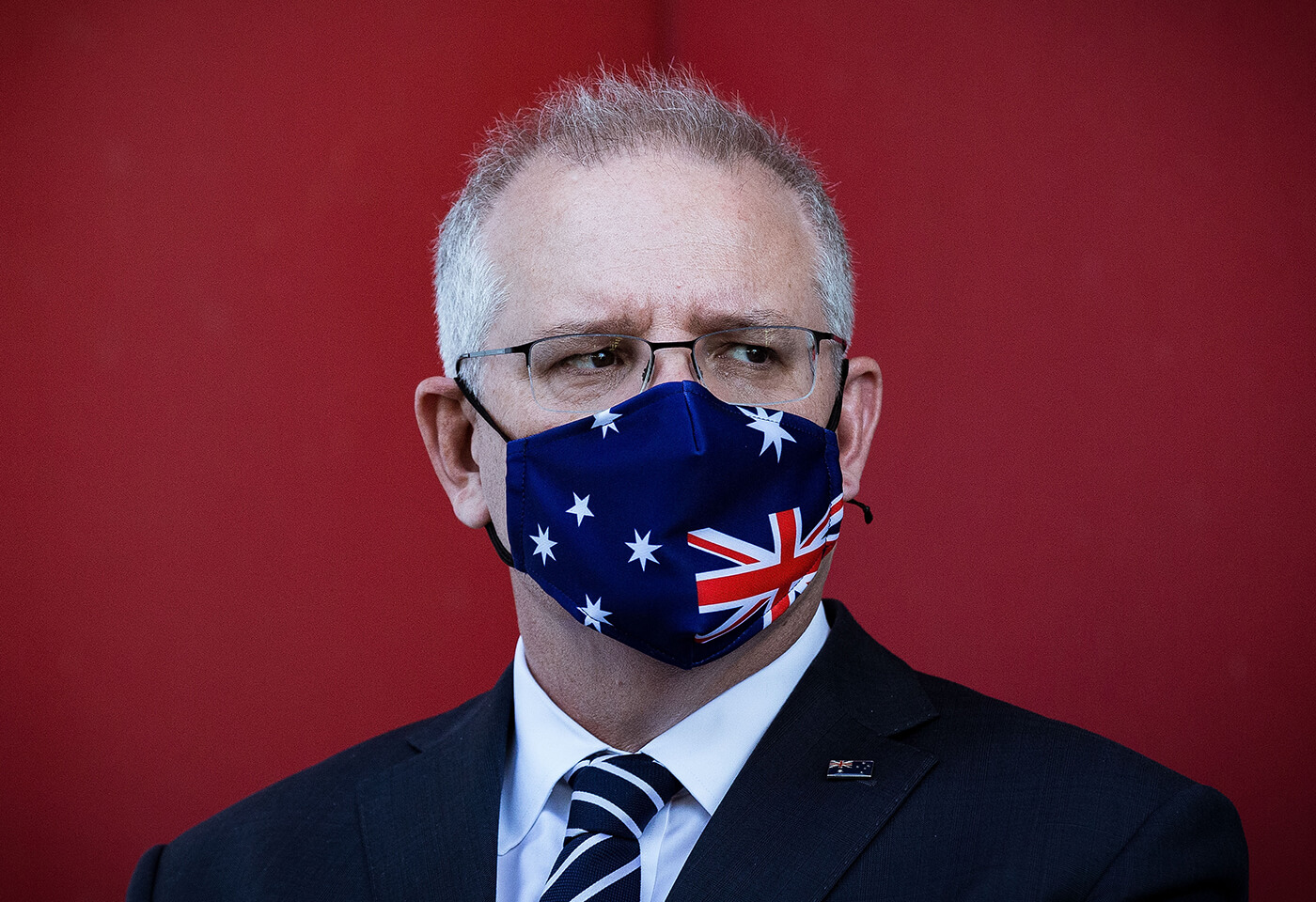
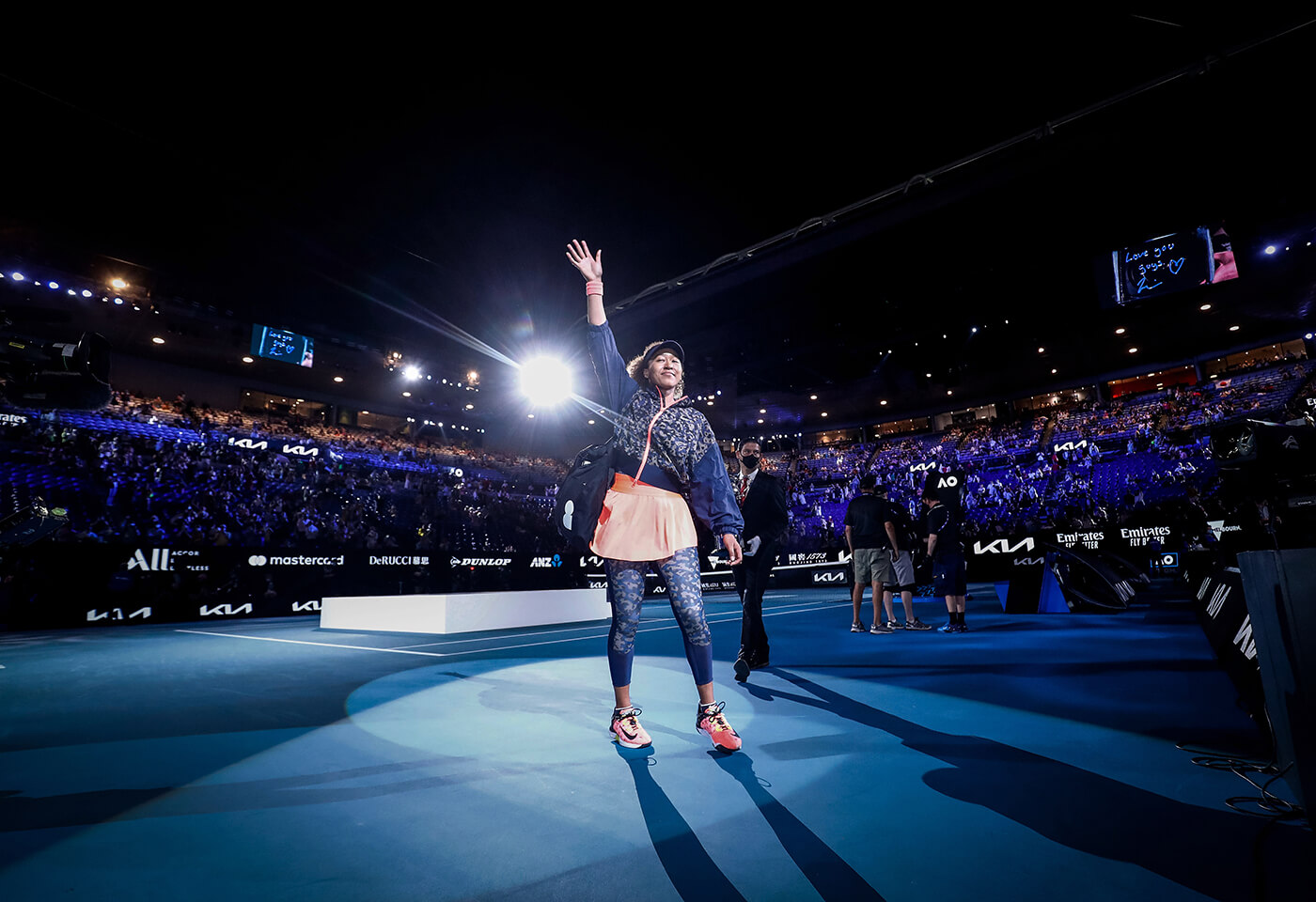
What support is available for somebody who is essentially always working solo?
Although freelancers are often competing for the same editorial work, most are really open and helpful when it comes to discussions on practical things like camera insurance, running a business, website design, and all things freelance. I keep in close contact with a group of photographers whose work I admire and opinions I respect for this type of peer support.
When it comes to professional support, most freelancers would agree that the after-care service and customer support of the camera manufacturer you use is just as important as the reliability and functionality of the gear itself. A solo freelance photographer doesn’t have spare equipment back in the office or pool equipment that some media outlets may have – and the diversity of my work really tests out my equipment - making back up support critical.
My choice of camera manufacturer goes back to the beginning of my career. I wanted to be a sports photographer and if you watched sport on TV, most of the snappers were touting a big white Canon lens. In the beginning, it was as simple as that to start with. Now I’m further in my career, I shoot with Canon because its professional range of cameras are absolute workhorses, and because of access to Canon Professional Services (CPS) which keeps me in business with loan equipment, repairs, and services when needed.
If I drop a lens while on a story, or get dust and grime in my camera from a bushfire, I can’t afford to have a lens or body out of action. CPS will simply loan me another camera. Along with this back up, Canon has also assisted me when I’ve needed an extra camera or lens for a special event.
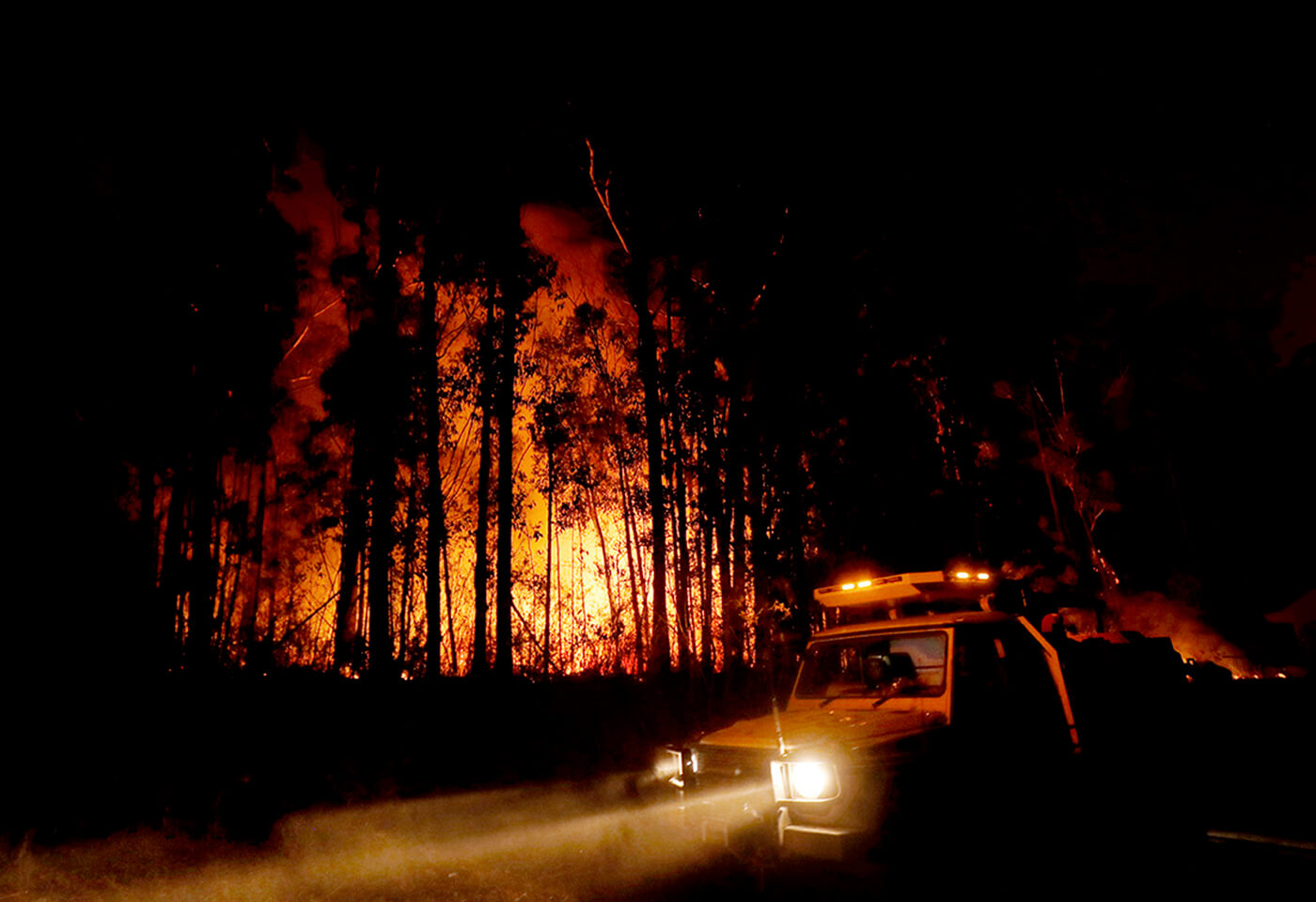 Gippsland, Australia. 2nd January, 2020: DELWP (The Department of Environment, Land, Water and Planning ) and CFA ( Country Fire Authority ) Crews monitor fires and begin back burning between the towns of Orbost and Lakes Entrance in east Gippsland. HMAS Choules is docked outside of Mallacoota this morning to evacuate thousands of locals who have been stranded in the remote coastal town following fires across East Gippsland which have killed one person and destroyed dozens of properties. (Photo by Darrian Traynor/Getty Images)
Gippsland, Australia. 2nd January, 2020: DELWP (The Department of Environment, Land, Water and Planning ) and CFA ( Country Fire Authority ) Crews monitor fires and begin back burning between the towns of Orbost and Lakes Entrance in east Gippsland. HMAS Choules is docked outside of Mallacoota this morning to evacuate thousands of locals who have been stranded in the remote coastal town following fires across East Gippsland which have killed one person and destroyed dozens of properties. (Photo by Darrian Traynor/Getty Images)
CPS also shows up to support professional photographers during major events like the Australian Open which other brands simply don’t. As an example, at the 2020 Australian Open, I was working as part of the editorial team for Getty Images. Recognising Getty’s reputation for quality and speed of delivery, Canon offered me the opportunity to be one of the very first photographers in the world to use the new EOS-1D X Mark III, transforming my ability to take never before possible shots, and speeding up my editorial workflow processes.
Canon has really recognised the changing landscape of photography and understands that freelancers not only need support, but they make up a huge part of their professional market.
Do you have a favourite assignment or subject to photograph?
I think it’s really important to challenge yourself as a photographer so I would have to say my Middle East work is my favourite. I believe it’s important to shine a light on people and events that might otherwise be ignored. This work is my favourite because it’s work that matters. You can find out more about this project here.
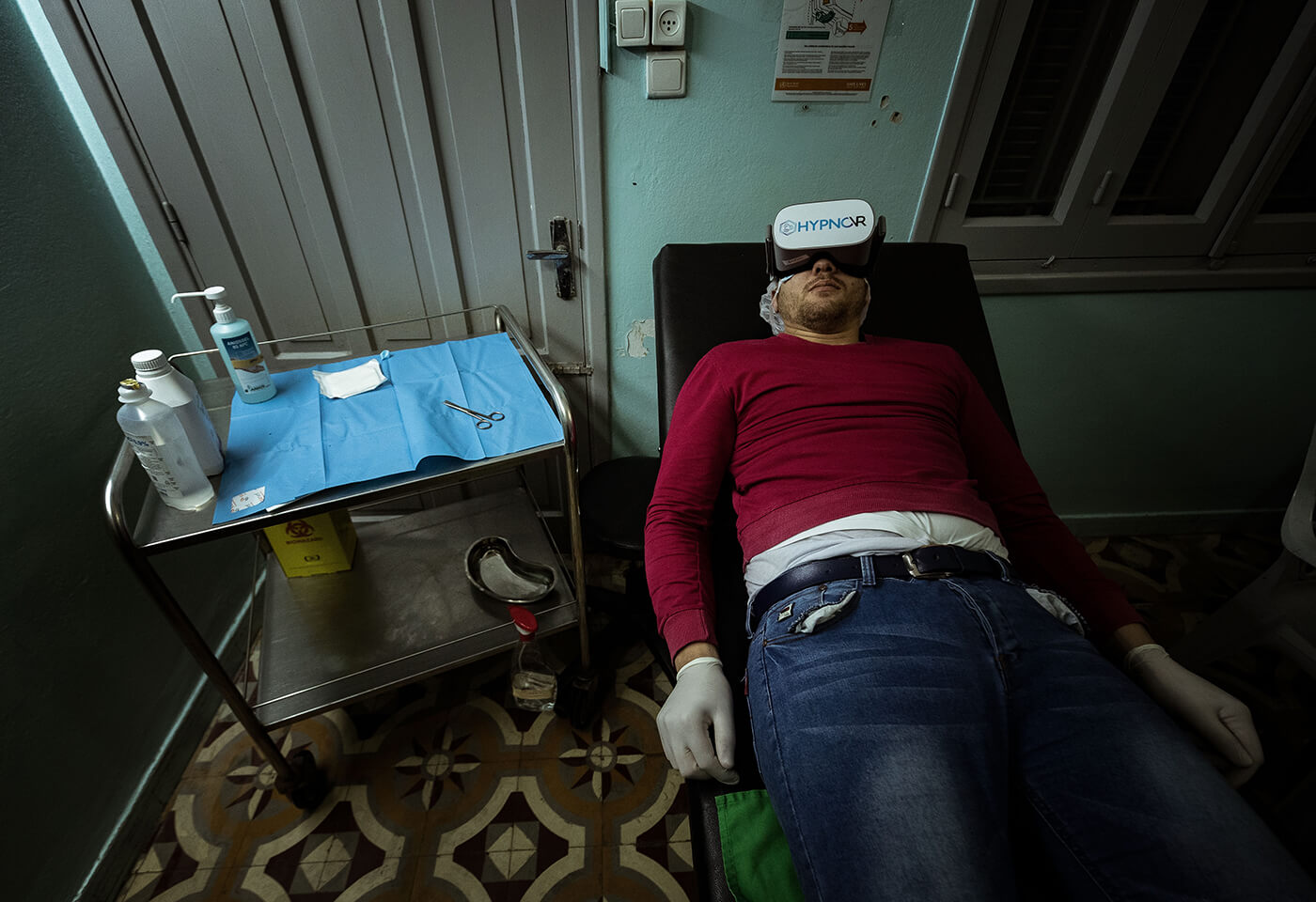 Gaza. 3rd March, 2020. He has severe nerve damage in his lower leg. It will take many years to recover with nerves growing at only 1cm per year. He is still very angry and becomes very agitated when talking. Despite initial counselling offered through MSF, Mohammed has given up on pursuing mental health support as his frustration at his physical recovery grows. Here Mohammed is using virtual reality goggles to distract him from the pain during his therapy. (Photo by Darrian Traynor)
Gaza. 3rd March, 2020. He has severe nerve damage in his lower leg. It will take many years to recover with nerves growing at only 1cm per year. He is still very angry and becomes very agitated when talking. Despite initial counselling offered through MSF, Mohammed has given up on pursuing mental health support as his frustration at his physical recovery grows. Here Mohammed is using virtual reality goggles to distract him from the pain during his therapy. (Photo by Darrian Traynor)
How important is having the right equipment for achieving your creative objectives?
The professional series equipment from Canon is incredibly robust and takes a beating as well as being remarkable when it comes to image quality. A telephoto lens and high frame rates for sport are important. The focus system in the Canon EOS-1D X Mark III is a game changer in sports photography. Press photographers and photojournalists often have a go to lens and require cameras with that will tackle all conditions. While having the right equipment is definitely helpful, the best photographers out there could still produce amazing pictures on entry-level models.
What has your freelance gig seen you tackle in 2021 to date?
2020 was a pretty devastating year in Melbourne for freelance photographers with the COVID-19 pandemic bringing most events to a halt. Almost all professional sport stopped or left the state. There was really only one story to cover: The pandemic itself.
2021 has seen the return of major events starting with the Australian Open and all the major sporting codes are back playing. This year, in the role as a stringer with Getty Images, I’ve covered The Australian Open, BBL Cricket, AFL Football - both men and women’s competitions - the NRL, NBL, Super Rugby, A League and a few others.
My client work has resumed and I recently finished a project with Amazon in Melbourne.
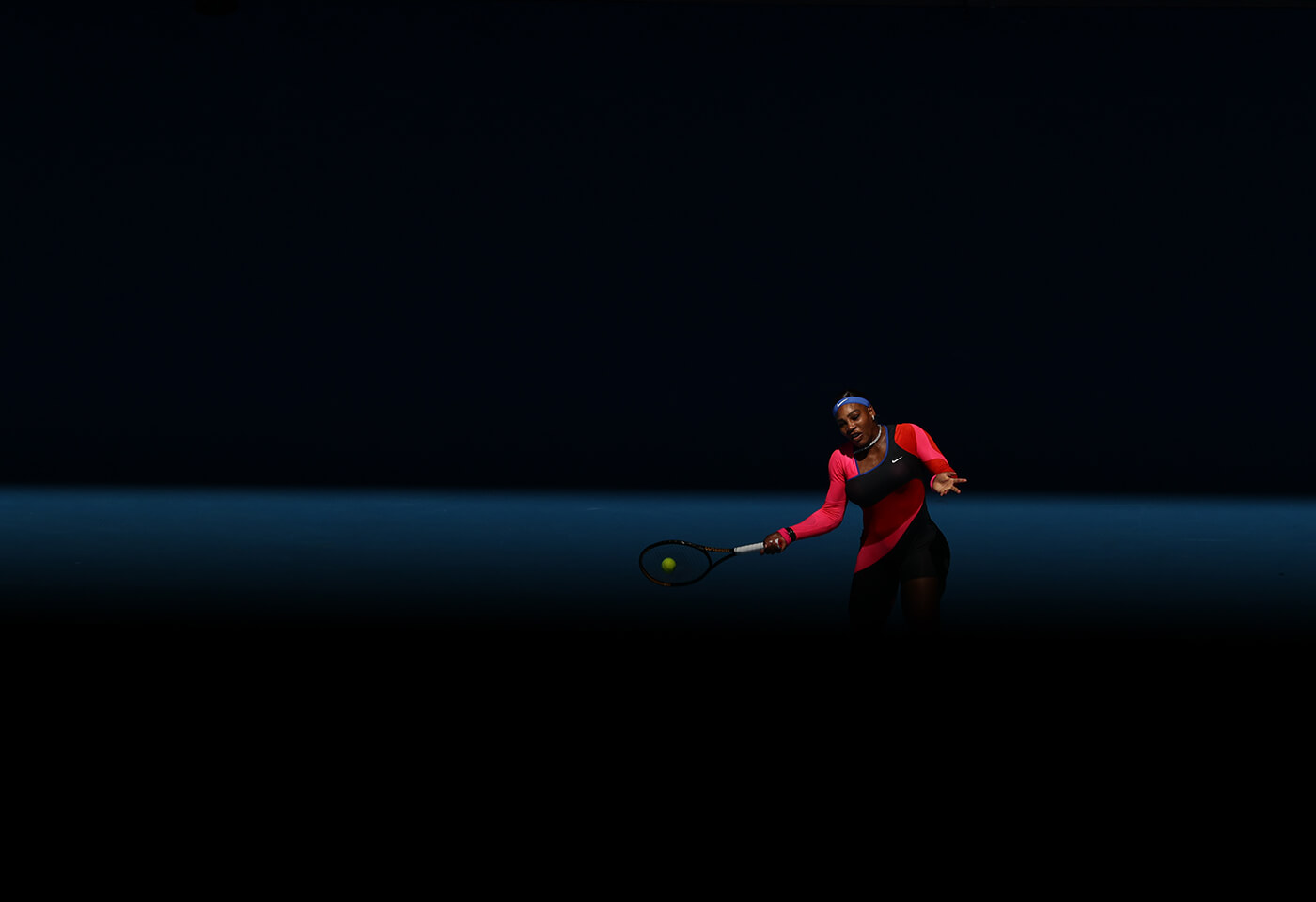 Melbourne, Australia. 10th February, 2021: Serena Williams of the United States of America plays a forehand in her Women's Singles second round match against Nina Stojanovic of Serbia during day three of the 2021 Australian Open at Melbourne Park. (Photo by Darrian Traynor/Getty Images)
Melbourne, Australia. 10th February, 2021: Serena Williams of the United States of America plays a forehand in her Women's Singles second round match against Nina Stojanovic of Serbia during day three of the 2021 Australian Open at Melbourne Park. (Photo by Darrian Traynor/Getty Images)
What are your top five tips for those looking to freelance photojournalism as a career?
1. News happens around the clock, so you have to be prepared to work all hours.
2. Remember that photojournalism is always about the story and the people you are photographing. It’s their story not yours. Ask yourself why you’re photographing somebody or something and don’t make yourself the story.
3. Don’t aim to be a specialist in one area as a freelancer in the future. The more diverse your skills, the more diverse the experience and work you’ll pick up.
4. As a freelancer, you’re running your own business so you have to get your head around the tax system rather quickly. Understanding GST payments and BAS statements are things I never thought I would care about, but they are important. Getting used to invoicing and chasing payments rather than expecting a regular pay cheque from an employer is a mindset to get comfortable with.
5. Never stop building your portfolio and networking with editors and industry contacts. It’s these people who will help you generate workloads and sustain your career.
Find out more about Darrian and his work on Instagram or his website and explore the EOS 1DX Mark III camera that he uses.

If you don’t know his name, you will probably know his work. Alex Coppel has been shaping our view of Australia for more than 20 years...

Canon Professional Services at Repco Bathurst 1000, with the EOS R3.

Anthony Gordon's Photographic Space Mission with the JAXA Space Agency